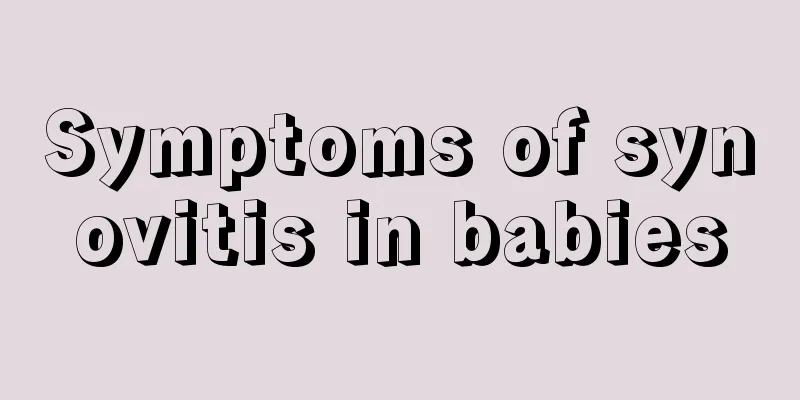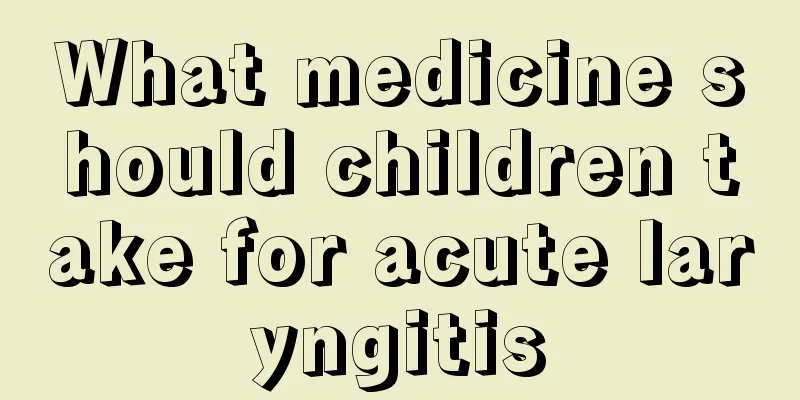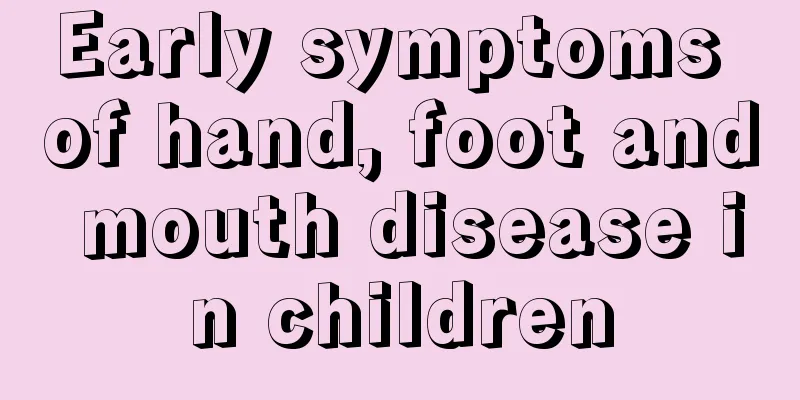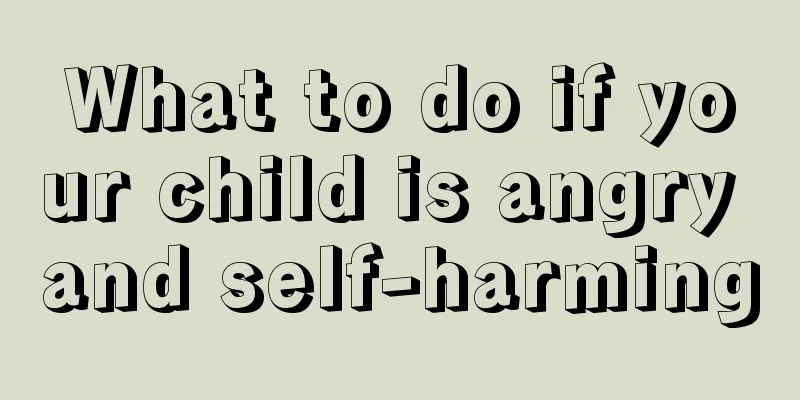What to do if a three-year-old has a fever

|
When a baby gets sick or has a fever, parents always worry. At this time, parents need to pay more attention to the baby's condition and take some countermeasures. Many parents don't know much about some treatment measures, so they would like to ask what is the information on what to do if a three-year-old child has a fever, so that it will be easier to treat and take care of the baby. I hope that through my introduction, everyone can understand the cause of the disease and find a solution. 1. Take your baby’s temperature First, determine whether your baby has a fever. The normal body temperature of a young child is between 36 and 37 degrees Celsius. When the ear temperature or rectal temperature of a young child exceeds 38 degrees Celsius, it can be considered as a fever. However, sometimes some external factors may cause the child's body temperature to rise, such as just after a bath, just after drinking milk, the surrounding environment is too hot, etc. Therefore, when a child's body temperature rises, the first thing to do is to check whether the temperature rise is caused by the above-mentioned accidental factors. (1) It is better to measure axillary temperature than rectal temperature: because rectal temperature must be inserted into the anus, it is more irritating to the baby, while axillary temperature is milder. (2) Mercury thermometers or ear thermometers are suitable for babies under three years old: the accuracy and safety of ear thermometers have been confirmed by the medical community; mercury thermometers are more accurate than electronic thermometers. (3) Shake the mercury column to below 36°C before use: this will ensure that the body temperature measured is accurate. (4) Sufficient time is required: If measuring axillary temperature, it takes more than 5 minutes, while rectal temperature only takes 1 minute. (5) Lubricate the rectal temperature gauge: Before measuring rectal temperature, apply lubricating cream on the rectal temperature gauge and then insert it 2 cm into the anus. (6) Do not take your temperature immediately after bathing, eating, or exercising: You should wait half an hour after bathing before measuring your temperature. If your temperature is between 38 and 38.5°C after eating hot food, coming in from outside on a hot day, or exercising, you should rest for half an hour before measuring your temperature. Do not hastily diagnose a person with a fever. 2. Help your baby reduce fever Fever is a warning sign, telling the mother that some part of the baby's body is sick; however, fever itself will not harm the child, so whether it is necessary to reduce the fever has long been controversial. However, most doctors favor moderate fever reduction. Because fever increases metabolism and causes internal consumption, patients will suffer from headaches, fatigue, and accelerated heartbeat. Infants and young children are prone to dehydration, and fever causes water evaporation, which is a vicious cycle. The incidence of febrile convulsions in infants and young children is relatively high, so it is unnecessary to allow fever to cause harm. So, how can you help your baby reduce fever at home? When your baby's temperature reaches feverish levels, use the following gentle (physical) fever-reducing methods to make your baby feel more comfortable: (1) Cold compress This method is simple and effective. You just need to apply a cold towel to your forehead, wait for the towel to become hot, soak it in cold water and then apply it again. Using a cold water bag or ice bag is more effective than applying a cold towel to the forehead. (2) Bath or soak in warm water Undress your baby, rub his whole body with a towel and warm water (around 37°C) or take a bath. This will dilate the blood vessels in your baby's skin and release body energy. In addition, when water vapor evaporates from the body surface, it will also absorb body heat. Take a bath for about 10 to 15 minutes each time, about once every 4 to 6 hours. (3) Warm alcohol bath For alcohol bath, mix 70% alcohol with 1/1 tap water, or 75% alcohol with 1/2 water, or you can mix Erguotou liquor with 1/4 water, and put them in a small bowl. Keep doors and windows closed during sponge bath, dip gauze or a soft towel in the alcohol in the bowl, and wipe the child's palms, soles, armpits, inner sides of upper arms, chest and thighs. The temperature of the diluted water should be about 37-40℃, then wipe the limbs and back; if you wipe directly with alcohol, the children will feel very cold, very uncomfortable, and even convulse. After wiping, you can cover your body with a bath towel and wait for 5 to 10 minutes. When the alcohol is almost evaporated and the blood in the body circulates to the body surface, making the skin warm again, you can repeat it a second time. Repeat this about three times, and the temperature inside and outside the body will drop rapidly. Because it reduces fever quickly, this method is suitable for children over 1 year old and for high fevers over 40℃ that are difficult to reduce. Parents should not worry too much when a three-year-old child has a fever. Through the above introduction, we have a clear understanding of the treatment methods. At the same time, parents are reminded that if the baby’s condition is serious, they must go to the hospital for examination and treatment in time so that the baby can recover as soon as possible. |
<<: How often should babies swim?
>>: What should I do if my child has a cough and fever?
Recommend
Why does the child's hair stand up?
Many parents will find that their children's ...
Baby's eyes are red
Red eyes in babies may be a symptom of eye diseas...
What is the cause of the black spot in the child's eye?
With the improvement of modern living standards, ...
What should I do if my baby’s scrotum is small?
Many mothers have reported that when they found t...
Treatment of fever in children
Fever in children is a relatively common disease....
What is the reason for children to urinate less
Many parents will find that their children do not...
What to do if your child keeps waking up while sleeping
Children sleep restlessly, always rolling around ...
Treatment for baby's fever and swollen gums
As parents, when our children have a fever and th...
What happens if a child takes too much medicine?
All medicines are poisonous. We do not advocate t...
Small particles on the child's arm
Children's skin is relatively tender and easi...
Why does a child like to cry at every turn?
Children who cannot speak yet often express their...
How to kill tooth worms?
Some children often feel toothache, and then ask ...
What is the reason for the blue veins on the child's temples?
Blue veins are the veins under our skin. Some peo...
Can eight-month-old babies eat watermelon?
Watermelon should be eaten by every household in ...
Children's quick cough relief methods, these methods are simple and effective
Children often cough. Although coughing is not a ...









